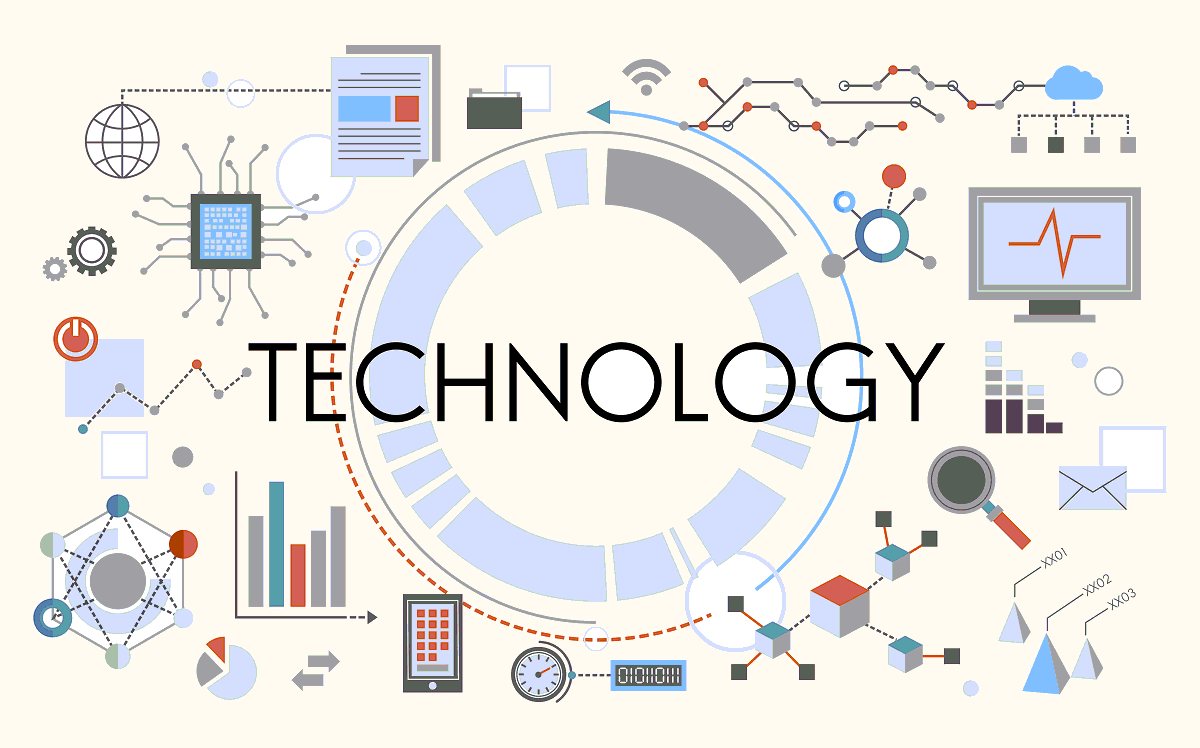
Virtual Reality (VR) and Augmented Reality (AR) are two of the most rapidly growing technologies in the current market. Both VR and AR aim to provide users with a more immersive experience, but with a different approach. VR completely replaces the real world with a virtual environment, while AR adds virtual elements to the real world. In this article, we will take a look at the latest advancements in VR and AR technology and its impact on various industries.
Overview of Virtual Reality and Augmented Reality
Virtual Reality is a technology that creates a simulated environment that users can interact with through the use of head-mounted displays (HMDs) and other input devices. VR technology has been around for decades, but it has only recently become popular due to advancements in hardware and software.
Augmented Reality, on the other hand, adds virtual elements to the real world, which can be seen through a smartphone, tablet, or other devices with a camera. Unlike VR, AR does not require specialized hardware, which makes it more accessible to the general public.
Recent advancements in VR and AR technology
Hardware and software developments have played a crucial role in the growth of VR and AR technology. In recent years, several companies have released new and improved VR and AR devices, including head-mounted displays, hand-held controllers, and other input devices. Additionally, advancements in software and platform technologies have allowed for more realistic and immersive experiences.
One of the latest advancements in VR technology is the release of standalone VR devices, which do not require a separate computer or smartphone to run. This has made VR more accessible to users and has allowed for a more immersive experience.
Use cases and applications of VR and AR
VR and AR have several use cases and applications in various industries, such as gaming, healthcare, education, and retail. In the gaming industry, VR and AR have revolutionized the way people play games, providing them with a more immersive experience.
In healthcare, VR and AR are being used for training, therapy, and treatment. For example, VR is being used to help patients with phobias, such as a fear of heights, by exposing them to virtual environments. AR is being used to help healthcare professionals with surgeries and medical procedures.
In education, VR and AR are being used to create virtual classrooms and training simulations. This allows students to learn in a virtual environment and provides teachers with new tools to enhance their lessons.
In retail, VR and AR are being used for product visualization, product demonstrations, and customer engagement. For example, Walmart has implemented VR technology to train its employees in a virtual environment.
Future trends and projections for the VR and AR market
The VR and AR market is expected to grow significantly in the coming years, with the global VR market expected to grow from $7.9 billion in 2020 to $45.2 billion by 2025. (Source: MarketsandMarkets) This growth is being driven by advancements in technology, increasing demand for immersive and interactive experiences, and the growth of industries such as gaming, healthcare, education, and retail.
Challenges and limitations faced by VR and AR technology
Despite the rapid growth of the VR and AR market, there are still several challenges and limitations that need to be addressed. One of the biggest challenges is the issue of user experience, with many VR and AR devices still experiencing discomfort and issues with accessibility. Another challenge is the limited range of use cases and applications, with VR and AR still being largely limited to gaming and entertainment.
Conclusion
In conclusion, the advancements in VR and AR technology are changing the way we interact with the digital world and shaping various industries. From gaming and entertainment to healthcare, education, and retail, the potential applications of VR and AR are nearly limitless. While there are still challenges to be overcome, the future of VR and AR looks bright, and we can expect to see continued growth and innovation in this exciting field of technology.
Information Technology




